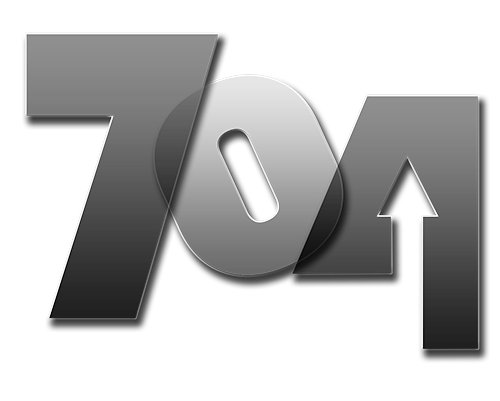
When Good Software Goes Bad: 5 Signs You've Outgrown Your Off-the-Shelf Tools
Off-the-shelf software is a beautiful thing. Tools like Asana, Trello, generic CRMs, and accounting platforms help businesses get off the ground, organize their work, and start growing. They are the reliable engine that gets you from zero to sixty.
But what happens when you need to go faster?
For many established businesses, there comes a point where that once-helpful engine starts to sputter. The tools that enabled your growth begin to actively hold it back, forcing your team into inefficient workarounds. This isn't a failure; it's a sign of success. It means your unique processes have surpassed what generic software was built to handle.
Here are five of the most common signs that you've outgrown your off-the-shelf tools and are ready for a real, long-term solution.
1. The "Spreadsheet Shuffle" Becomes a Daily Task
Does this sound familiar? To create a single important report, your manager has to export a CSV from your project management tool, another from your time-tracking software, and a third from your CRM. Then, they spend the next two hours copying, pasting, and wrestling with VLOOKUPs in a spreadsheet just to get a clear picture of project profitability.
This "spreadsheet shuffle" is the number one sign that your software isn't talking to each other. When your most critical business insights live outside your core tools, you're not just wasting valuable time—you're making decisions based on data that might be stale, incomplete, or flat-out wrong.
2. Your Team Has "Tab Overload"
To complete one simple process—like onboarding a new client—a team member has to open one tab for the project plan, another for the client's contact info, a third for billing, a fourth for internal notes, and a fifth for scheduling.
When your team spends their day switching between a dozen browser tabs, they aren't just losing focus; they're losing efficiency. Every click to a new tab is a small interruption that, when multiplied across your entire team every day, adds up to a massive drain on productivity and creates endless opportunities for error.
3. You Can't Get the Reports You Actually Need
Your current software has plenty of dashboards and reports, but none of them answer your most important questions. You want to know which of your services is the most profitable, which team members are the most efficient, or which projects are at risk of going over budget. The data is in there somewhere, but the software can't connect the dots in the way that you need.
A business runs on data. If you can't get clear, immediate answers to your most critical questions, you aren't in the driver's seat—you're just a passenger.
4. You Spend More Time Creating Workarounds Than Working
Your team's creativity shouldn't be spent on figuring out how to trick your software into doing its job. You've developed complex naming conventions, color-coding systems, and multi-step manual processes just to make your tools functional for your workflow.
When your process has to bend to fit the limitations of your software, your growth is being capped. Your tools should support your ideal workflow, not dictate it.
5. Onboarding a New Employee is a Week-Long Project
Training a new hire should be about teaching them their role, not teaching them how to navigate the maze of 15 different software tools you've cobbled together. Granting access, explaining the workarounds, and showing them which spreadsheet to update when—it's an inefficient and frustrating experience for everyone involved.
Your operational system should be an asset that makes scaling your team easier, not a liability that makes it harder.
From Symptoms to a Strategic Solution
These five signs are not isolated problems; they are symptoms of a single, deeper issue: your business is now unique. Your success has created processes and data needs that generic software was never designed to handle.
The solution isn't another off-the-shelf tool or a fancier spreadsheet. The solution is a central, strategic asset built specifically for you: a custom web application.
A custom web application acts as the central nervous system for your business. It's designed from the ground up to match your exact workflow, connect all your data, and provide the specific insights you need to grow.
Stop Fighting, Start Building
If you found yourself nodding along to these signs, it's time to stop spending your energy on workarounds and start investing in a real, long-term asset. The efficiency, clarity, and peace of mind that come from having a tool built for you is a true competitive advantage.
If you're ready to explore what that looks like, let's have a conversation. Our first step is the AI Opportunity Roadmap, a strategic deep dive where we identify exactly how a custom application can solve these challenges and deliver the biggest ROI for your business.





